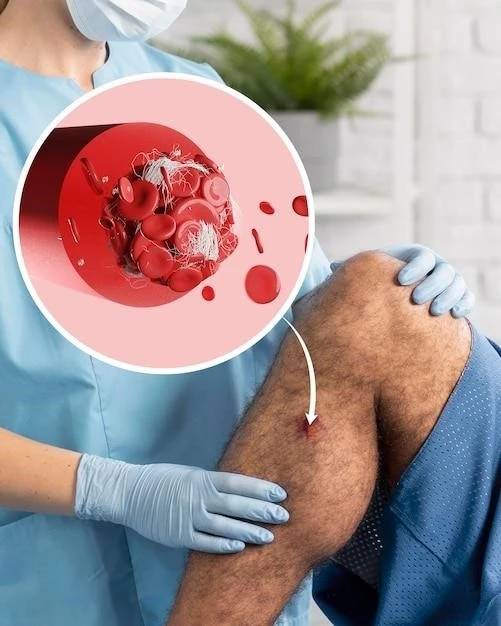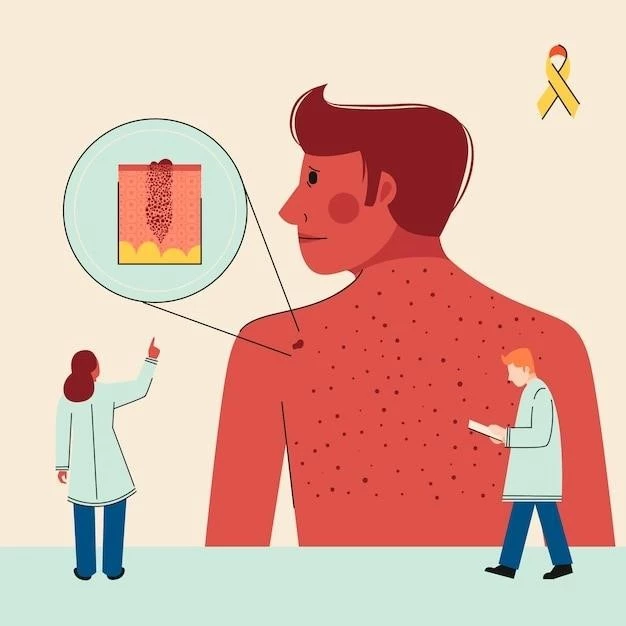Eosinophilic Pustular Folliculitis
Seek advice from a dermatologist if experiencing an itchy rash with bumps on the skin. Understanding the condition and its impact on hair follicles can help determine the most effective treatment. Proper diagnosis through a biopsy is essential to identify the skin disorder and tailor the treatment accordingly.
Understanding Eosinophilic Pustular Folliculitis
Eosinophilic pustular folliculitis is a rare skin disorder that affects the hair follicles, leading to itchy rash and raised bumps on the skin. This condition is characterized by the presence of eosinophils, a type of white blood cell, in the affected areas. The immune system’s response triggers inflammation, resulting in the symptoms commonly seen in this condition. Consulting a dermatologist for an accurate diagnosis is crucial in managing this skin disorder effectively. Understanding the underlying causes and mechanisms of eosinophilic pustular folliculitis can help in developing an appropriate treatment plan tailored to the individual’s needs. By gaining insights into how this condition affects the hair follicles and the role of eosinophils in the inflammatory process, both patients and healthcare providers can work together to address the symptoms and improve the quality of life for those affected by eosinophilic pustular folliculitis.
Symptoms of Eosinophilic Pustular Folliculitis
The symptoms of eosinophilic pustular folliculitis typically include itchy rash, redness, and small bumps that may contain pus. These bumps can be present on the face, chest, back, and extremities. The affected areas may also feel warm to the touch and have a burning sensation. In some cases, the skin lesions can become crusted or scaly. It is essential to seek medical advice if you experience persistent itching, rash, or any unusual skin changes. Early detection and proper management of symptoms can help prevent complications and improve the overall outcome of treatment. By being aware of the typical signs and symptoms associated with eosinophilic pustular folliculitis, individuals can promptly address any concerns with a healthcare provider and initiate appropriate interventions to alleviate discomfort and promote skin healing.
Causes of Eosinophilic Pustular Folliculitis
The exact cause of eosinophilic pustular folliculitis is not fully understood, but it is believed to be related to immune system dysfunction. Eosinophils, a type of white blood cell, play a significant role in the inflammatory response seen in this skin disorder. Factors such as genetic predisposition, allergies, and other underlying conditions may contribute to the development of eosinophilic pustular folliculitis. Triggers like heat, sweating, and certain medications can exacerbate the symptoms. Understanding these possible causes can aid in managing the condition effectively. By working closely with a dermatologist, individuals can identify potential triggers, make lifestyle adjustments, and explore treatment options to address the underlying causes of eosinophilic pustular folliculitis.
Diagnosis of Eosinophilic Pustular Folliculitis
Diagnosing eosinophilic pustular folliculitis often involves a thorough medical history review, physical examination, and, in some cases, a skin biopsy. During the biopsy, a small sample of skin tissue is removed and examined under a microscope to confirm the presence of eosinophils and assess the inflammation of hair follicles. Blood tests may also be conducted to check for elevated levels of eosinophils. It is essential to consult a dermatologist for an accurate diagnosis and appropriate management plan. By undergoing the necessary diagnostic procedures, individuals with suspected eosinophilic pustular folliculitis can receive a definitive diagnosis and access specialized care to effectively address their skin disorder.
Treatment Options
The treatment of eosinophilic pustular folliculitis aims to reduce inflammation, relieve symptoms, and prevent flare-ups. Depending on the severity of the condition, treatment options may include topical creams, antibiotics, antihistamines, and corticosteroids. Topical creams like corticosteroids or calcineurin inhibitors can help reduce redness and itching. In some cases, oral antibiotics may be prescribed to control bacterial infections. Antihistamines can offer relief from itching, while corticosteroids help decrease inflammation. It is crucial to follow the treatment plan outlined by a dermatologist and attend regular follow-up appointments to monitor the skin’s response to treatment. By exploring different treatment options and adhering to the prescribed regimen, individuals can effectively manage eosinophilic pustular folliculitis and improve the overall health of their skin.
Topical Creams for Eosinophilic Pustular Folliculitis
Topical creams are commonly used in the management of eosinophilic pustular folliculitis to target the affected areas directly. Corticosteroids like hydrocortisone cream can help reduce redness, inflammation, and itching associated with this skin disorder. Calcineurin inhibitors, such as tacrolimus or pimecrolimus, may also be prescribed to control the immune response and alleviate symptoms. Proper application of topical creams as directed by a dermatologist is essential for optimal results. It is important to follow the recommended dosage and frequency to avoid potential side effects. Consulting with a healthcare provider can help individuals select the most suitable topical cream based on their specific symptoms and skin type. By incorporating topical creams into the treatment regimen, individuals with eosinophilic pustular folliculitis can effectively manage their condition and improve the appearance and comfort of their skin.

Antibiotics for Eosinophilic Pustular Folliculitis
Antibiotics may be prescribed as part of the treatment approach for eosinophilic pustular folliculitis to address bacterial infections that can exacerbate the condition. Oral antibiotics like tetracycline, minocycline, or doxycycline are commonly used to control bacterial overgrowth and prevent secondary infections. These antibiotics work by targeting the bacteria responsible for skin irritation and promoting healing of the affected areas. It is essential to take antibiotics as prescribed by a healthcare provider and complete the full course of treatment to maximize effectiveness. Monitoring for any potential side effects or interactions with other medications is important while using antibiotics. Consulting with a dermatologist can help individuals determine the appropriate antibiotic therapy based on the severity of their symptoms and overall health status. By incorporating antibiotics into the treatment plan, individuals with eosinophilic pustular folliculitis can effectively manage infections and improve the condition of their skin.
Antihistamines and Corticosteroids for Eosinophilic Pustular Folliculitis
Antihistamines and corticosteroids are essential components of the treatment regimen for eosinophilic pustular folliculitis to manage symptoms and reduce inflammation. Antihistamines such as diphenhydramine or loratadine can help alleviate itching and discomfort associated with the skin disorder. These medications work by blocking histamine receptors and reducing the body’s allergic response. Corticosteroids, whether applied topically or taken orally, are effective in controlling inflammation and promoting healing of the affected skin. They help suppress the immune system’s overactive response seen in eosinophilic pustular folliculitis. It is crucial to follow the prescribed dosage and instructions when using antihistamines and corticosteroids to minimize side effects and maximize benefits. Consulting with a healthcare provider can help individuals determine the most suitable medications and dosages based on their specific symptoms and medical history. By incorporating antihistamines and corticosteroids into the treatment plan, individuals with eosinophilic pustular folliculitis can effectively manage their condition and improve the overall health of their skin.
Conclusion
In conclusion, eosinophilic pustular folliculitis is a rare skin disorder that can significantly impact an individual’s quality of life. Understanding the symptoms, causes, and available treatment options is crucial for effectively managing this condition. Seeking timely medical advice from a dermatologist, undergoing proper diagnosis, and following a personalized treatment plan are essential steps in addressing eosinophilic pustular folliculitis. With the use of topical creams, antibiotics, antihistamines, and corticosteroids, individuals can alleviate symptoms, reduce inflammation, and promote skin healing. By staying proactive in managing the condition and adopting a holistic approach to skincare, individuals with eosinophilic pustular folliculitis can enhance their well-being and achieve long-term skin health. Remember, consistency in treatment and regular follow-up care are key to controlling this skin disorder and improving overall skin condition.
